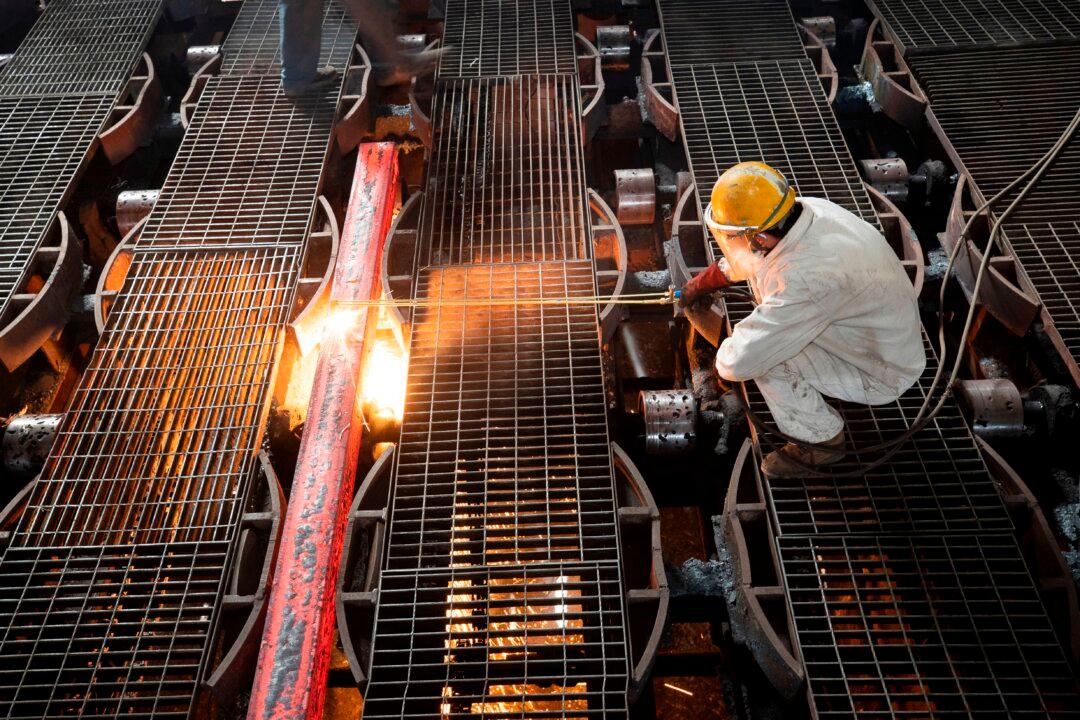News Analysis
China’s economy has had a rough summer, hit first by a rise in COVID-19 infections, then by the impending bankruptcy of the giant real estate developer Evergrande, and now by severe power shortages throughout the country.

China’s economy has had a rough summer, hit first by a rise in COVID-19 infections, then by the impending bankruptcy of the giant real estate developer Evergrande, and now by severe power shortages throughout the country.